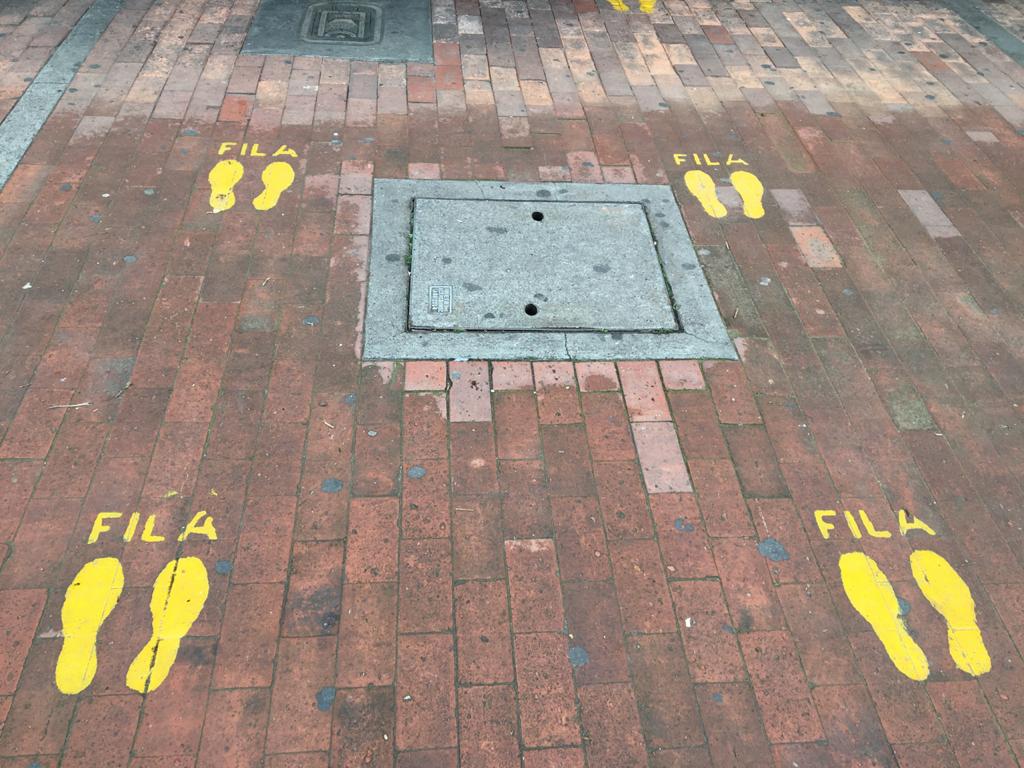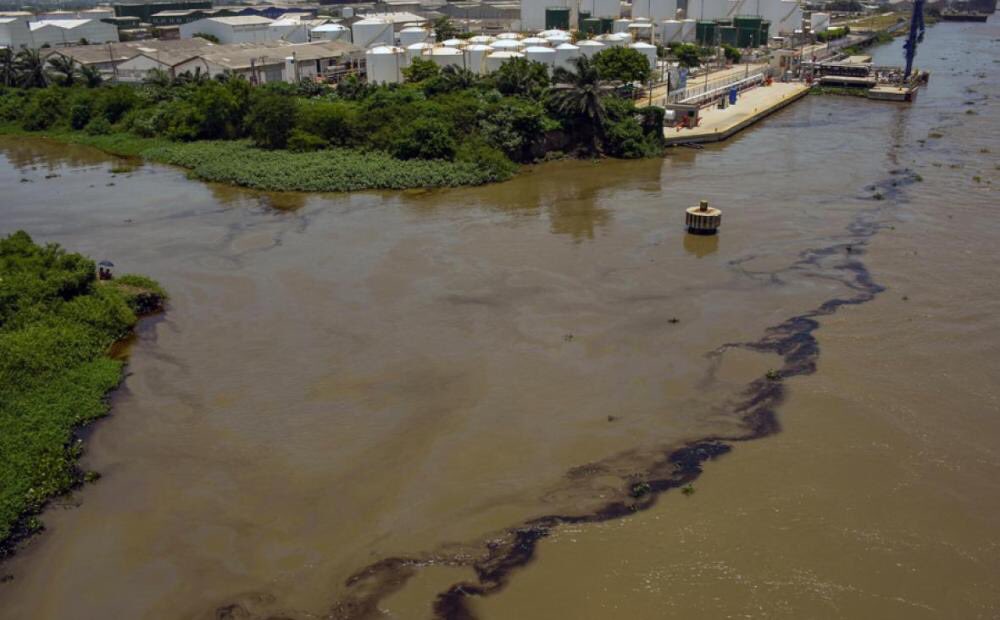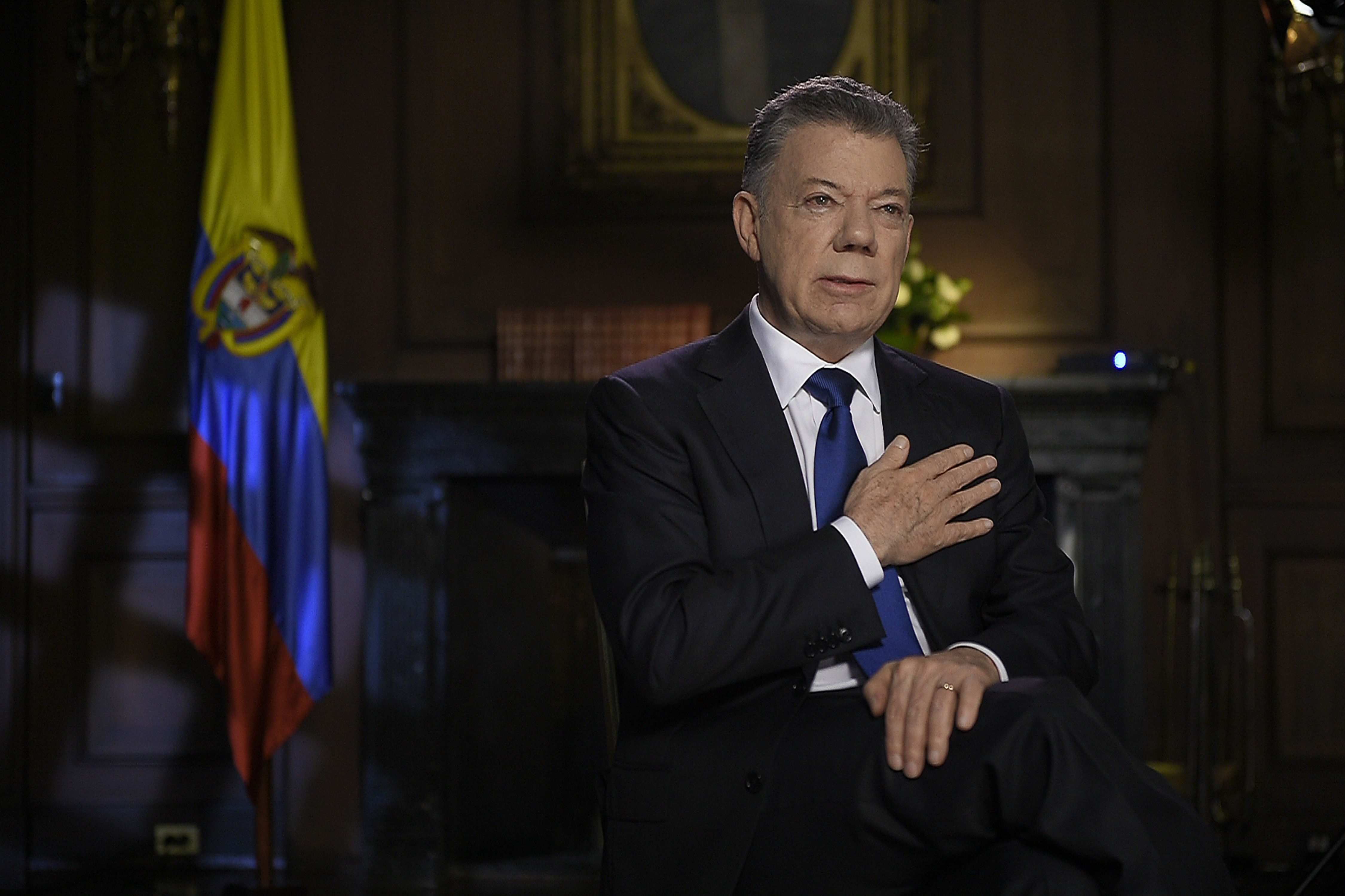By Lukas Kaldenhoff and Luke Barnes
Sporadic outbursts of violence marred a largely peaceful protest yesterday. Marchers complain the government has been irresponsive to their demands and say protests will continue.
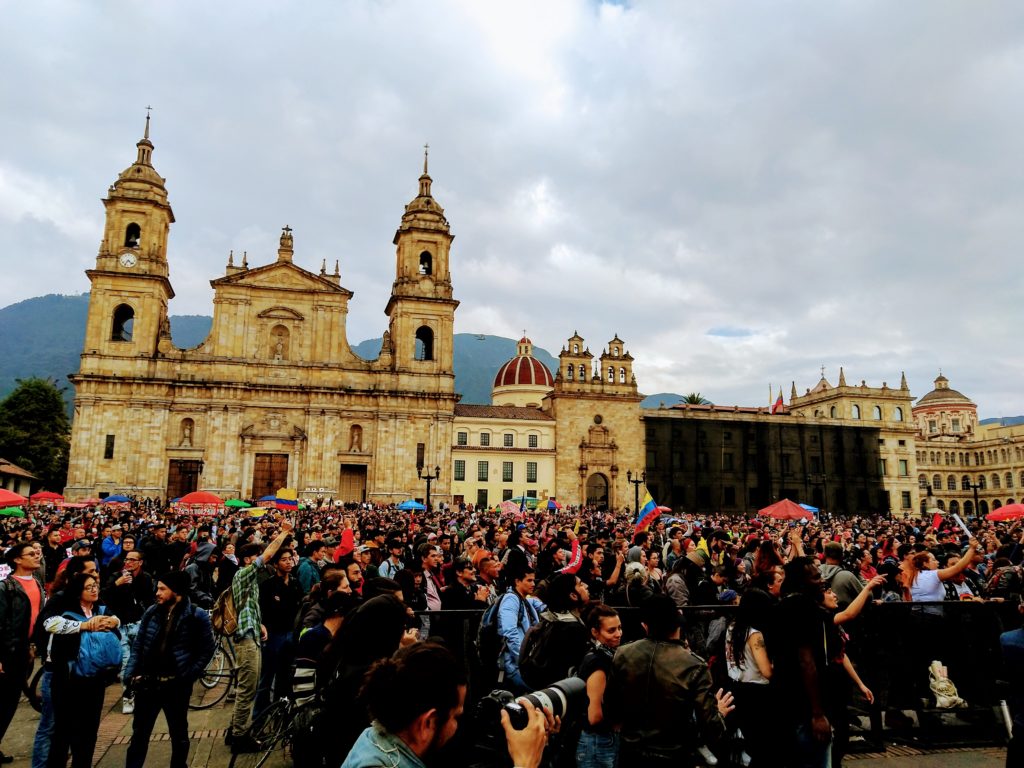
Colombia’s anti-government protests returned for the new year, starting early on Tuesday morning across the country. In Bogotá, protestors gathered at various locations including Suba and Avenida de las Americas.
There were early reports of clashes between protestors and police in the outskirts, especially at Suba, but as the day continued, the 20 separate marches towards the city centre remained largely peaceful and brought together a compendium of different groups.
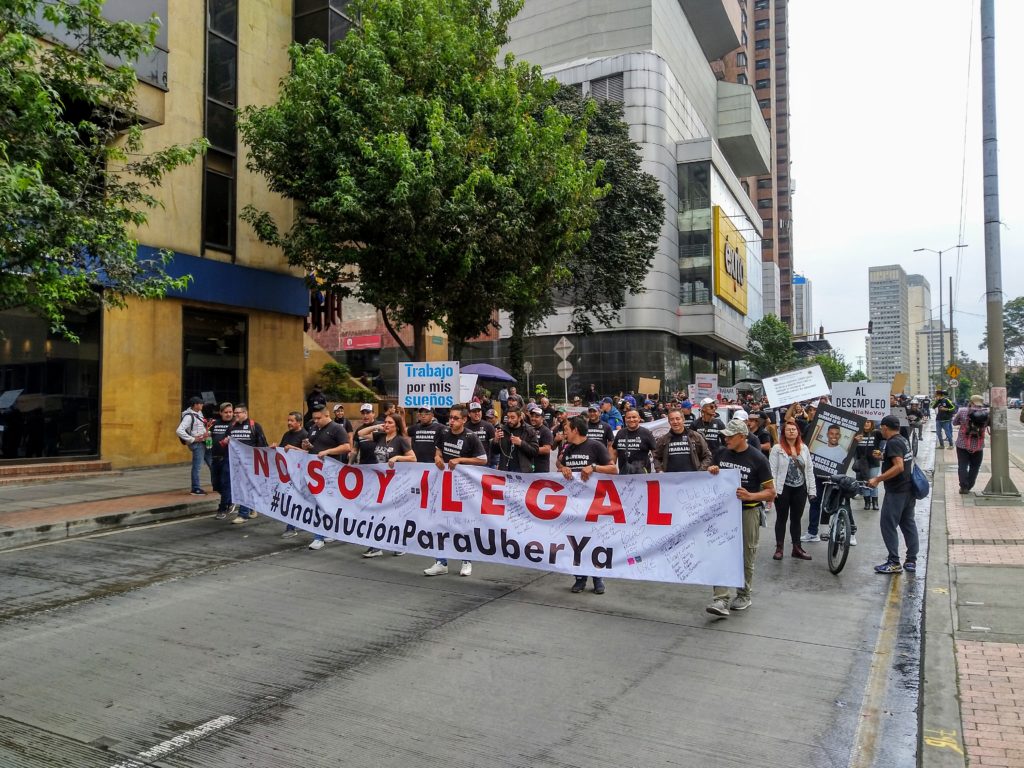
Students were again out in force, as were Uber drivers – still seething from the government’s decision to ban the service from Colombia – along with indigenous groups. The groups made their way towards Plaza Bolívar where “Bogotá – centre of peace and reconciliation” could be read on large banners.
Anti-government protesters expect strike to continue “until something changes”
The lack of progress made in negotiating the demands of strikers from last year was a major motivation for many marchers.
“From the last year we haven’t achieved anything, none of the petitions have any political movement behind them – they haven’t even listened to them,” Universidad Nacional student Lucia Mendieta told The Bogotá Post. “Education is still being poorly funded, they’re still killing social leaders, bills about labour rights are still sitting in Congress. Nothing’s changed.”
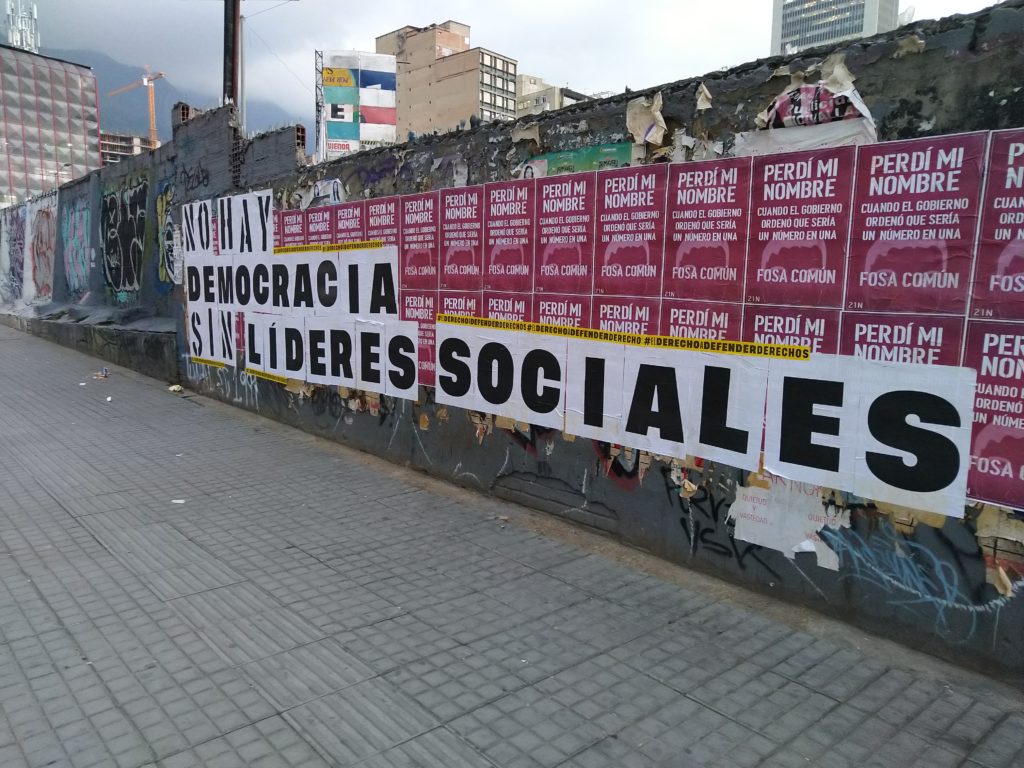
The killing of social leaders was a major topic. “We’ve had almost as many social leaders assassinated in 2020 than there are days in the year,” Universidad del Bosque student Jacobo Santiago commented. “But the government is refusing to acknowledge those figures, and they’re ignoring the people who a míre being killed.”
Santiago added that an airstrike on FARC dissidents last year which killed 14 people – including eight children – was yet another example of the government’s poor approach to security matters.
The government had also previously been criticised for the heavy-handed deployment of the ESMAD riot squad, who were blamed for the death last November of teenager Dilan Cruz, a fact many demonstrators remembered well.
Despite the ban: ESMAD and explosions
“ESMAD say they’re from the citizenry but they don’t respect human rights,” Mendieta said. “They use weapons they say are nonlethal, but they haven’t received adequate training with those weapons.”
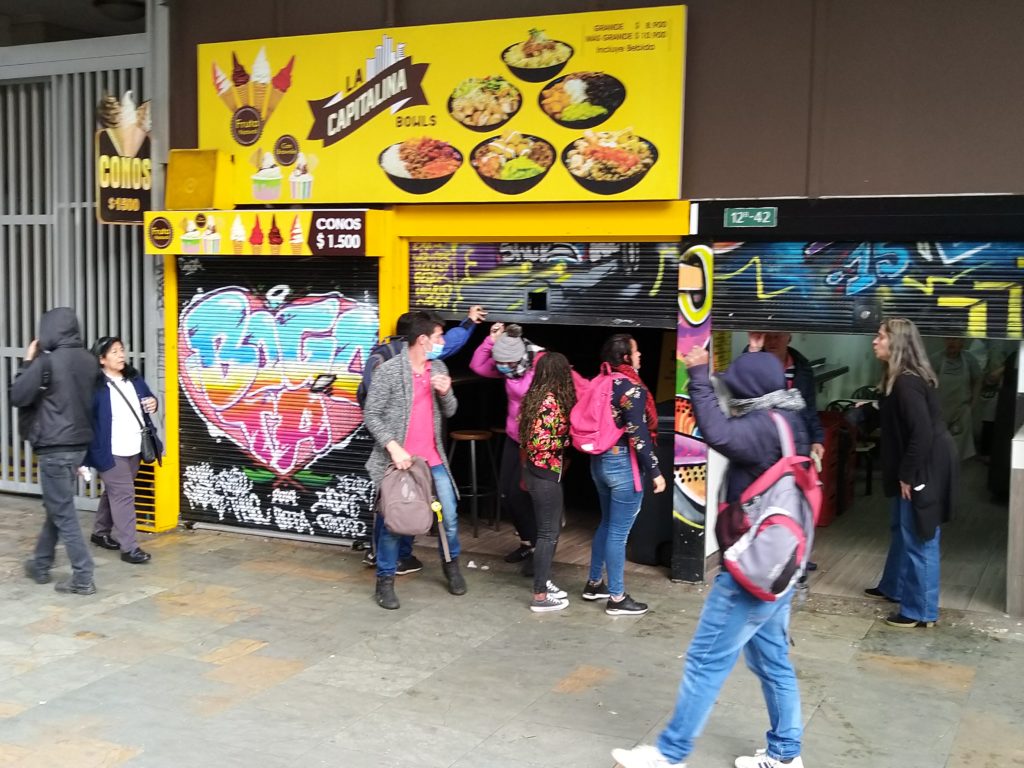
Despite the mayor’s desire for ESMAD to be the last resort for the police to use, they were deployed early in the day at Portal de Suba, Banderas and on Avenida Caracas with Avenida de Chile. Later in the afternoon, they were also deployed in the centre of Bogotá when scuffles broke out.
The protests, which until then had been very much peaceful in the centre of the city, suddenly turned chaotic. Groups of youths started tearing up cobblestones to throw at police, and Molotov cocktails were thrown.
Read all of our coverage on the National Strike in Colombia
In response, police fired repeated rounds of tear gas and ESMAD units were deployed. Running tit-for-tat confrontations continued throughout the city centre. Explosions went on throughout the evening.
Bogotá mayor Claudia López was sharply criticized on social media for ESMAD’s deployment, both by protesters and strike critics. Protesters said López broke her promise to only use the controversial riot police as a last resort while others argued that this should have never been the strategy in the first place.
López herself was quick to draw a positive conclusion on her first strike day as the capital’s mayor. “The majority of mobilisations have been peaceful,” she wrote on Twitter and added that 90% of Transmilenio services operated peacefully.
A statement released by the mayor’s office at 5pm talked of 47 people brought to Centros de Traslado por Protección. Semana updated those figures to 86 later in the evening and added three arrested and eight injured people in connection to this day of strike.
It’s unclear how the protests will continue. But several protesters told us that they won’t stop their fight. 25-year old industrial designer Santiago Leal said that he expects the unrest to continue “until something changes” and there were no more claims to be fulfilled.


